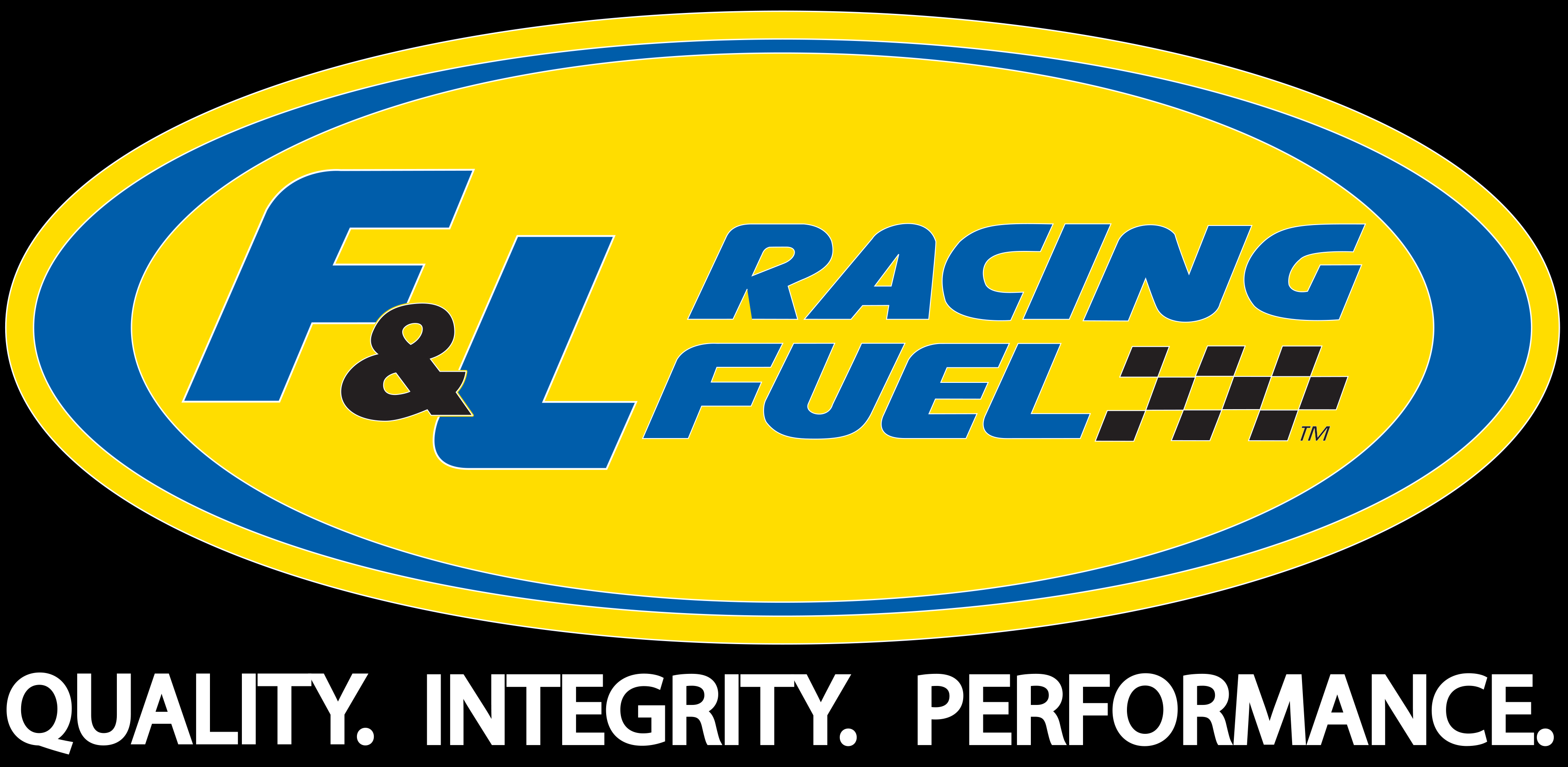
Fuel News and Technology
Facts about racing fuel
Octane Ratio This is an anti-knock scale developed in the 1920’s to rate the quality of gasoline’s ability to resist knocking or pinging. The higher the octane numbers the more protection against harmful knocking and pinging. There are two methods for testing octane, research and motor. Research octane uses a small, low RPM, one cylinder engine and motor octane uses a larger, higher RPM, one cylinder engine. The average of research and motor octane equals R+M/2. This is the legal rating on all fuels sold in the U.S. Fuel Density The weight of gasoline in relation to the weight of…
Read MoreFactors that can affect your motor’s performance
ALTITUDE As you increase your altitude the octane requirement decreases 1-2 octane per 3000 feet elevation. This is because the density of the air is reduced so there is less air available for your motor to burn. The fuel volume remains the same and the air volume goes down. As the altitude increases, the motor makes less vacuum and the air fuel ratio becomes richer due to the decreasing air to fuel volume. The higher the altitude, the richer your motor will run, making it necessary to re-jet the motor in order to lean it out. AIR DENSITY As the…
Read More